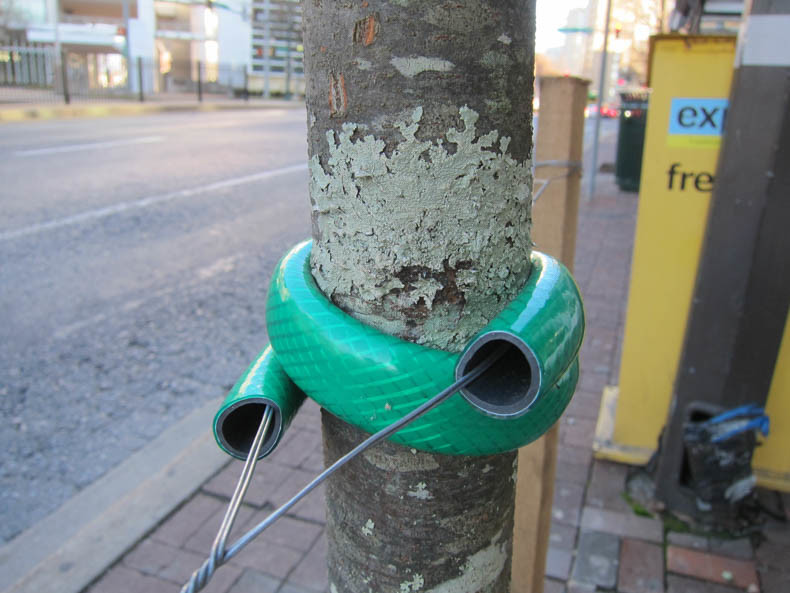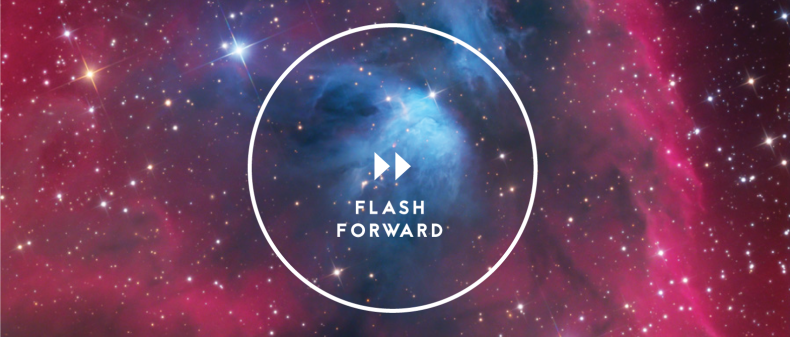
On Tuesday, the podcast that I host and produce started its second season. The show is called Flash Forward, and it’s weird and fun and surprising. Every episode takes on a possible future, from the terrifying likely (antibiotic resistance) to the completely absurd (space pirates drag a second moon to earth). Every episode starts with a little radio drama, a trip to the future we’re looking at. These range from future commercials, documentaries from the future, scenes from labs, conversations between space pirates, voicemails and more. (Many of these voices are actually recorded by fans who volunteer to act out parts each week). Then we talk to experts about how that future might really go down. Those experts include historians, engineers, scientists, futurists, anthropologists, science fiction authors and more.
The second season is going to be fun, but I wanted to take this chance to reflect on the first season. Together, we traveled to twenty three different futures, everything from artificial wombs, to drones, to robot UN secretaries banning weapons, to an evil mega company building so many wind turbines that they actually alter the climate, to the discovery of an alien probe that is almost exactly like the Voyager probe humans sent out in the 1970’s.
Some people really like our dark and scary episodes: we talked about an end of antibiotic effectiveness, and about what it would be like if we applied life-extension technology to prisoners. Other people preferred the sillier ones, like what might happen if we had a second moon, or if the Earth stopped rotating around the sun, or a supernova consumed us.
But here I want to talk about the four most popular episodes, and what I think made them work. Yes, this is shameless self promotion, get over it. Continue reading →

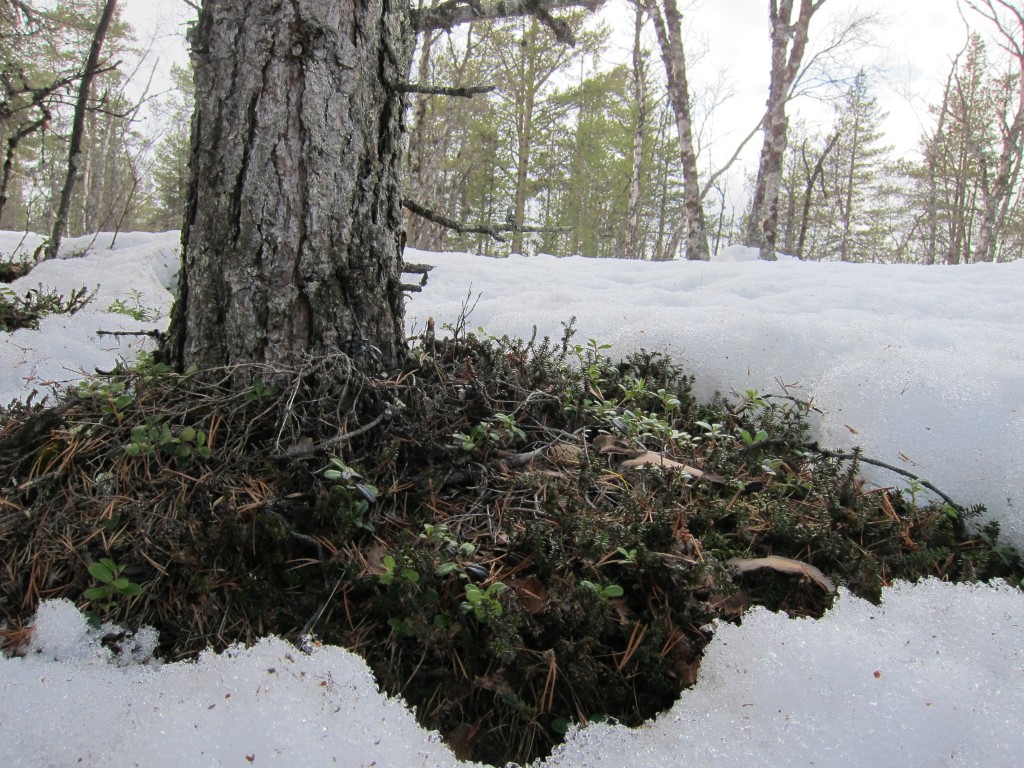
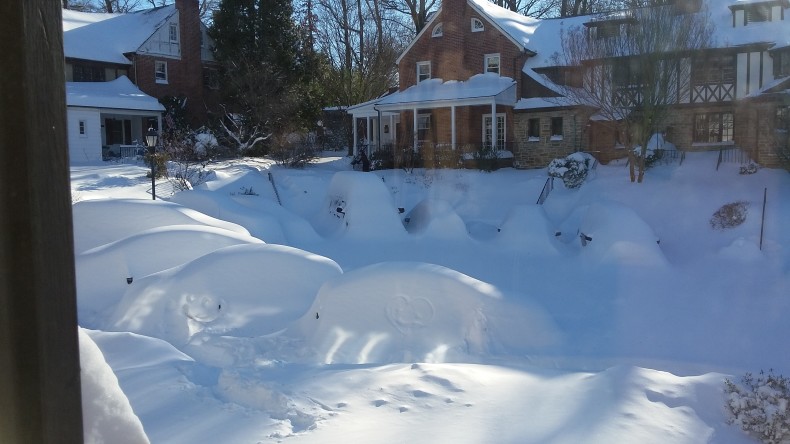

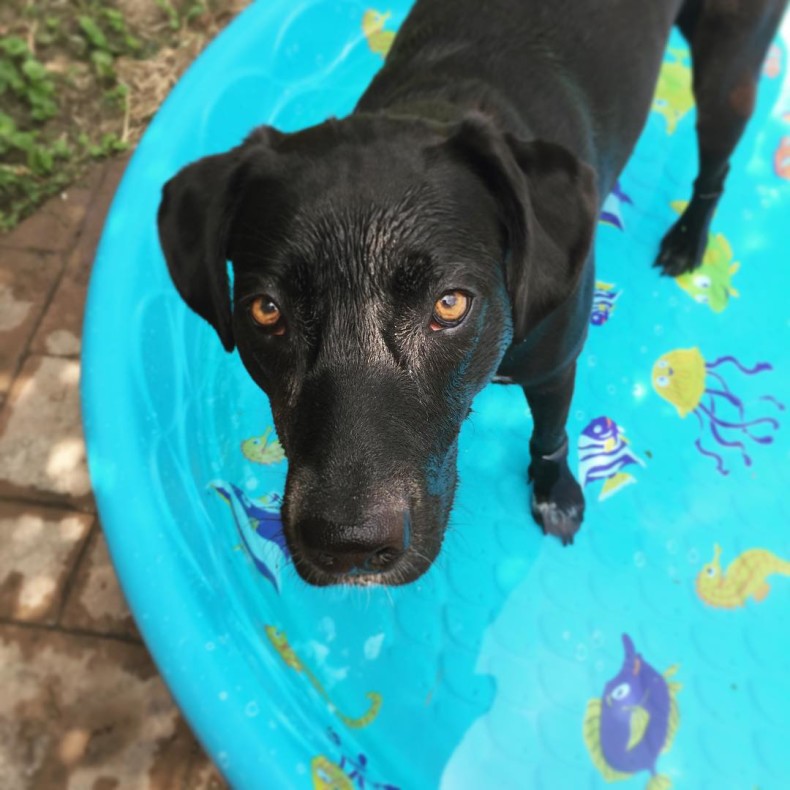

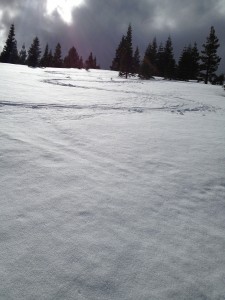 Right now, the meteorological event that some are calling
Right now, the meteorological event that some are calling 